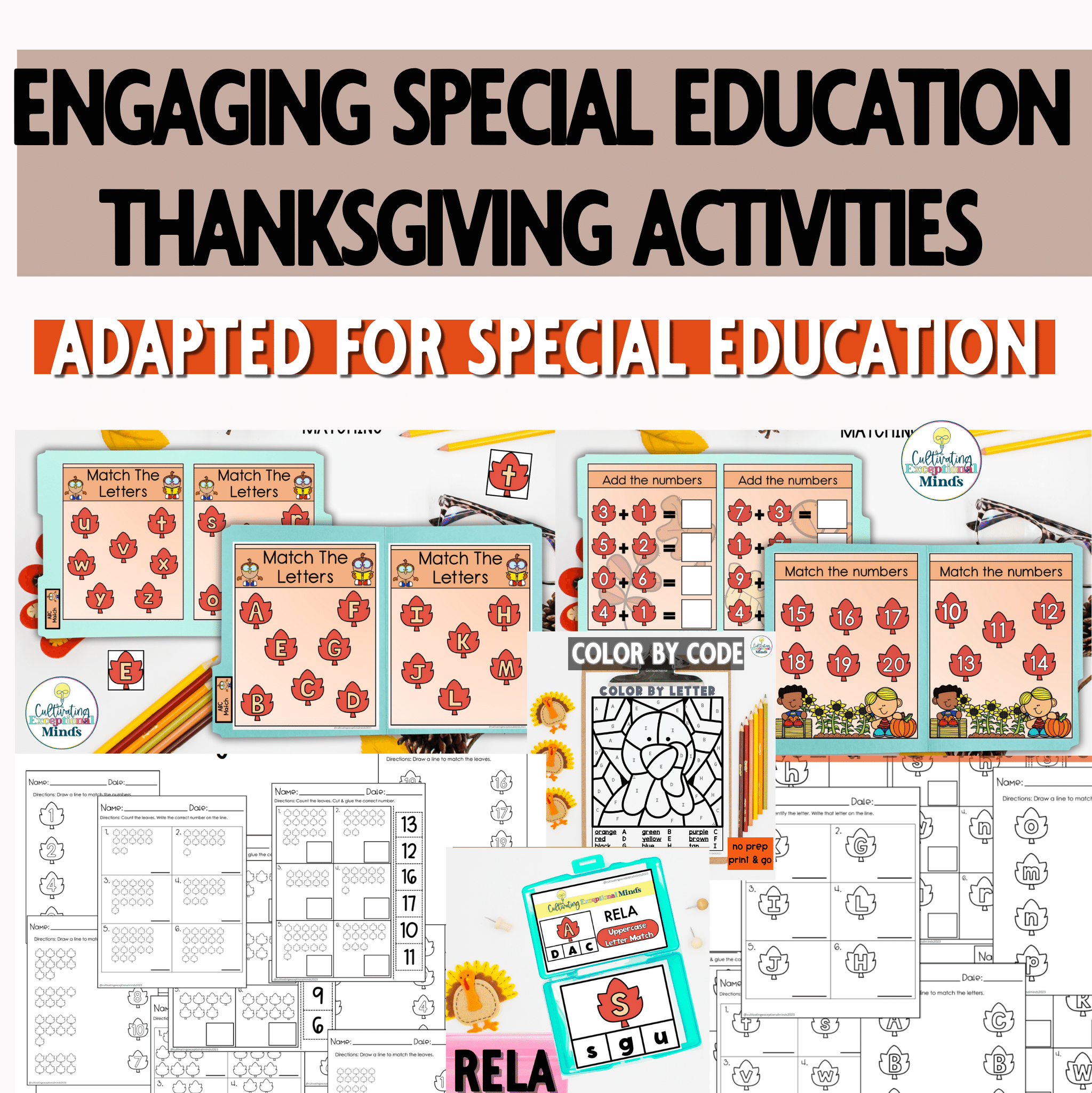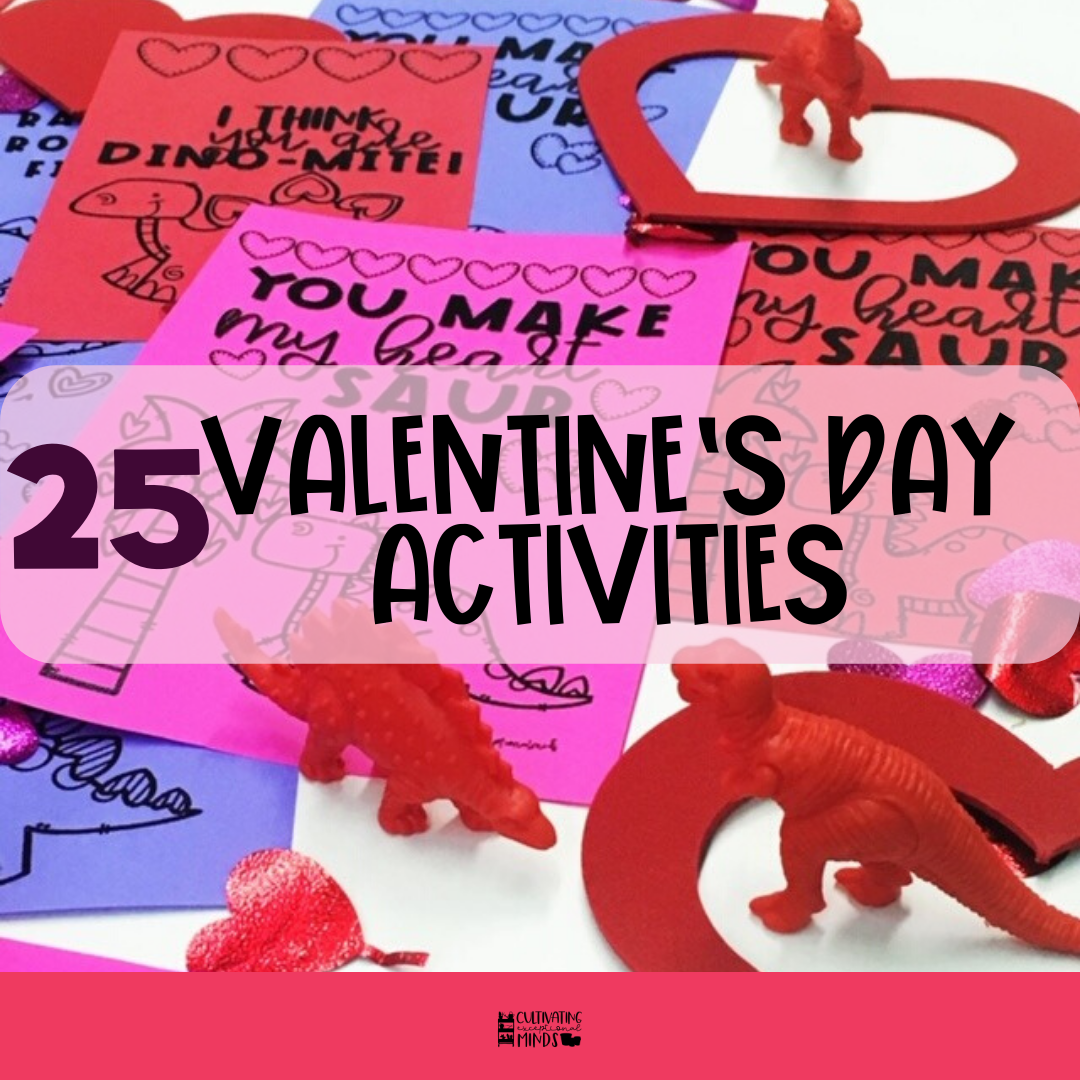Teaching 2D Shapes in Special Education: A Guide to Engaging Geometry Lessons
Geometry is an essential math skill that lays the foundation for understanding space, measurement, and more advanced concepts especially in special education math skills 2D. For students in special education, teaching 2D shapes requires creativity, patience, and the right tools. This blog post explores strategies and resources to help your students master 2D shapes in a way that’s accessible and engaging.
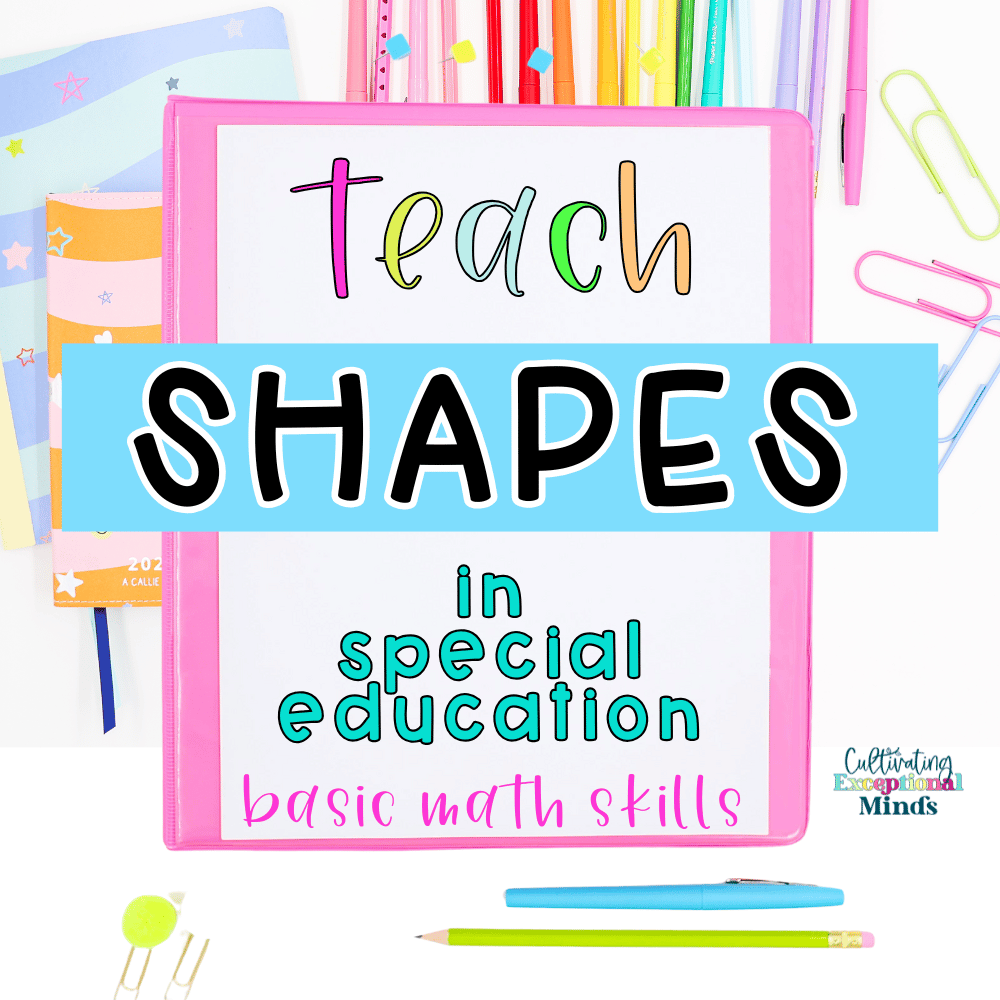
Why 2D Shapes Matter in Special Education
2D shapes are more than just basic geometry—they’re building blocks for real-world understanding. From identifying circles and squares to recognizing symmetry and angles, learning 2D shapes helps students develop spatial awareness and problem-solving skills. For special education classrooms, Special education math skills 2D, these lessons can also foster independence and confidence in everyday tasks.
Strategies for Teaching 2D Shapes
- Start Simple and Build Gradually
Begin with basic shape identification. Use visual aids like flashcards, posters, or task cards to introduce shapes such as circles, squares, and triangles. Gradually increase complexity by adding shapes like hexagons and trapezoids. - Incorporate Hands-On Activities
Use cut-and-paste tasks, sorting games, or file folder activities to engage students in tactile learning. This approach helps reinforce concepts while building fine motor skills. - Focus on Attributes
Teach students to identify shapes by their attributes, such as the number of sides or angles. Worksheets that explore lines, angles, and symmetry can deepen their understanding. - Bring in Real-World Connections
Show students how 2D shapes appear in everyday life. Incorporate activities like sorting shapes from classroom objects or matching shapes to items in a scavenger hunt. - Differentiate Instruction
Provide scaffolded resources to meet students at their individual levels. From basic matching worksheets to activities focused on symmetry and lines, differentiation ensures all students can succeed.
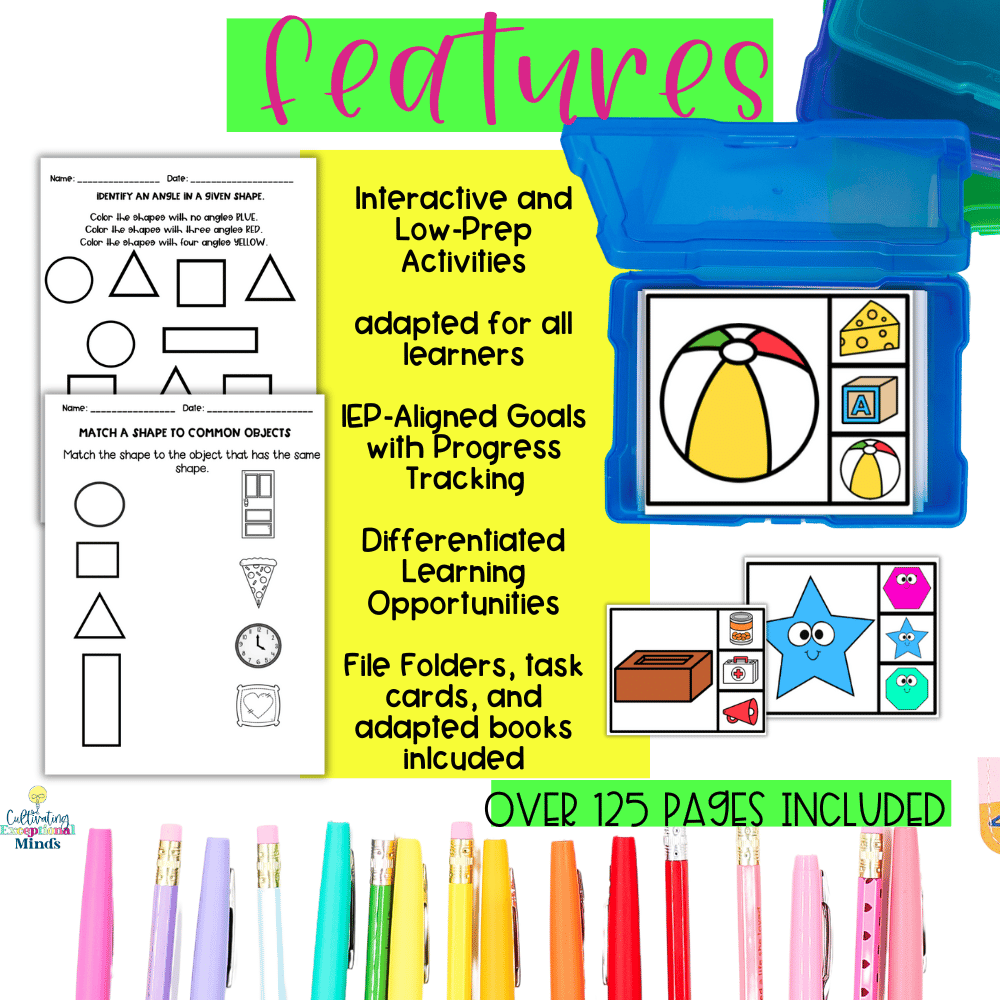
What’s Inside the 2D Shapes Unit for Special Education
Our Special Education Math Unit on 2D Shapes is designed to make teaching geometry simple and effective. Here’s what you’ll find:
- Task Cards: Four sets of color and grayscale task cards for practicing shape identification and matching.
- File Folder Activities: Interactive activities to reinforce sorting and classification skills.
- Adapted Book: A visually engaging book for exploring shapes in a way that’s accessible for all learners.
- 50+ Worksheets: Differentiated activities that progress from basic shape recognition to advanced concepts like symmetry and angles.
This comprehensive resource is ideal for self-contained classrooms, homeschool settings, and even preschool programs for Special education math skills 2D.
How to Use This Unit in Your Classroom
- Daily Warm-Ups
Start each math lesson with a quick shape identification exercise using task cards or flashcards. - Small Group Rotations
Incorporate file folder activities and worksheets into your small group rotations for targeted instruction. - Independent Practice
Assign cut-and-paste or sorting tasks as independent work or for use in task boxes. - Assessment and Progress Tracking
Use the included data sheets to track student progress on IEP-aligned geometry goals.
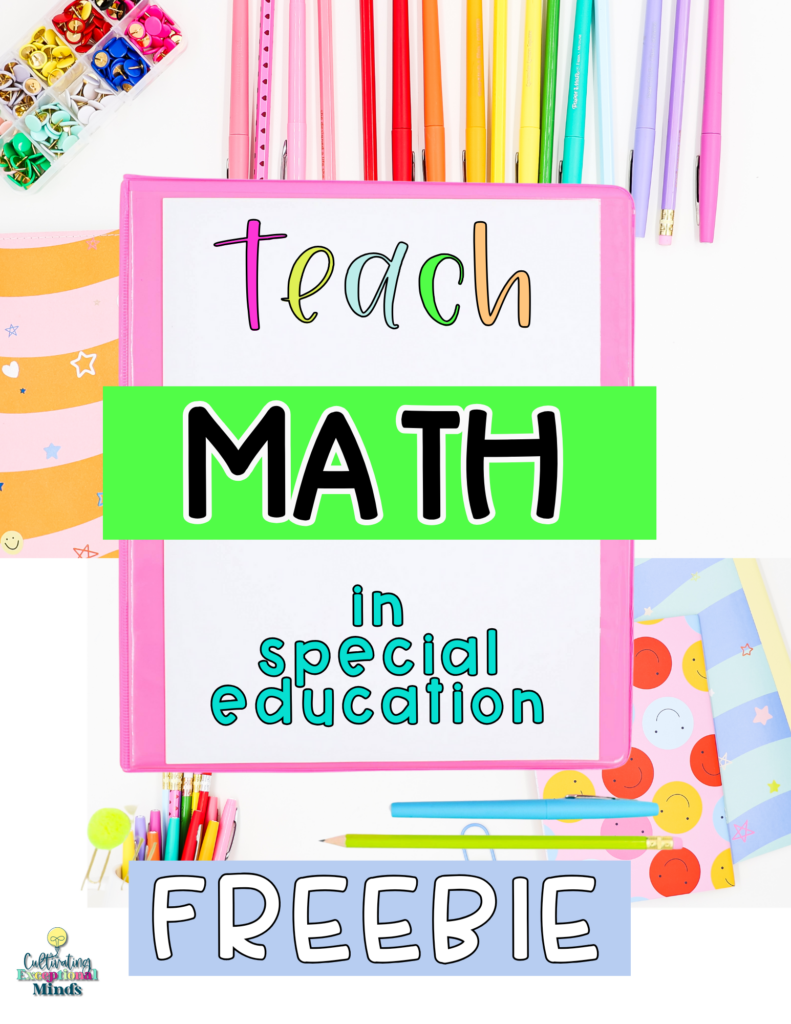
Freebie Alert: Try It for Free!
Download our 4-page free sampler to see how this 2D shapes unit can transform your math lessons. The sampler includes:
- A shape matching worksheet
- A sorting activity
- A task card preview
- A progress tracking sheet
Click here to grab your freebie.
Expand the Learning: Incorporate 3D Shapes
Want to take your geometry lessons to the next level? Pair this 2D shapes unit with our upcoming 3D Shapes Math Resource. Together, these resources create a full-circle geometry curriculum that’s engaging and effective.
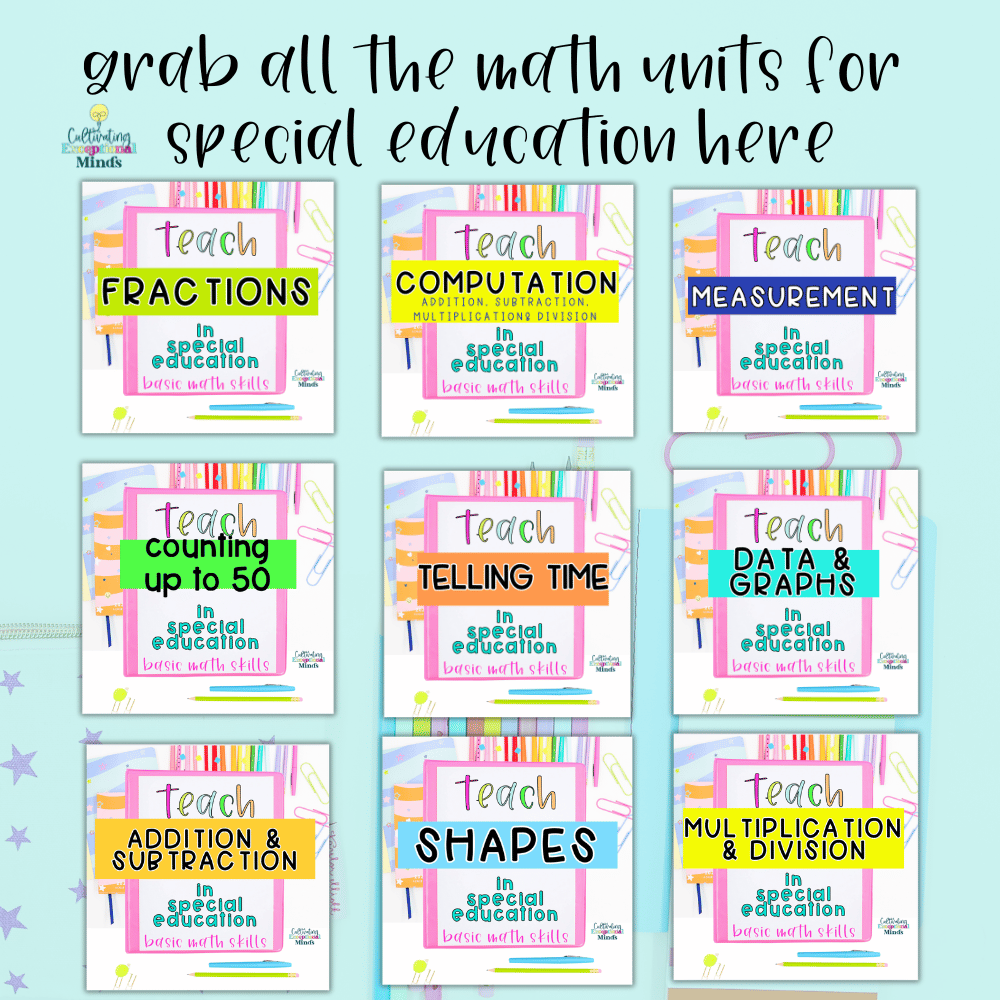
Conclusion
Teaching 2D shapes in special education classrooms doesn’t have to be overwhelming. With the right strategies and resources, you can create lessons that are accessible, engaging, and impactful. Start building your students’ geometry skills today with our Special Education Math Unit on 2D Shapes.
Get the full math curriculum here.






